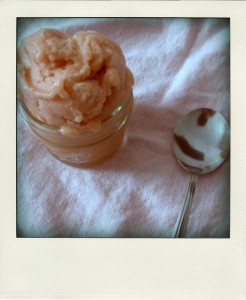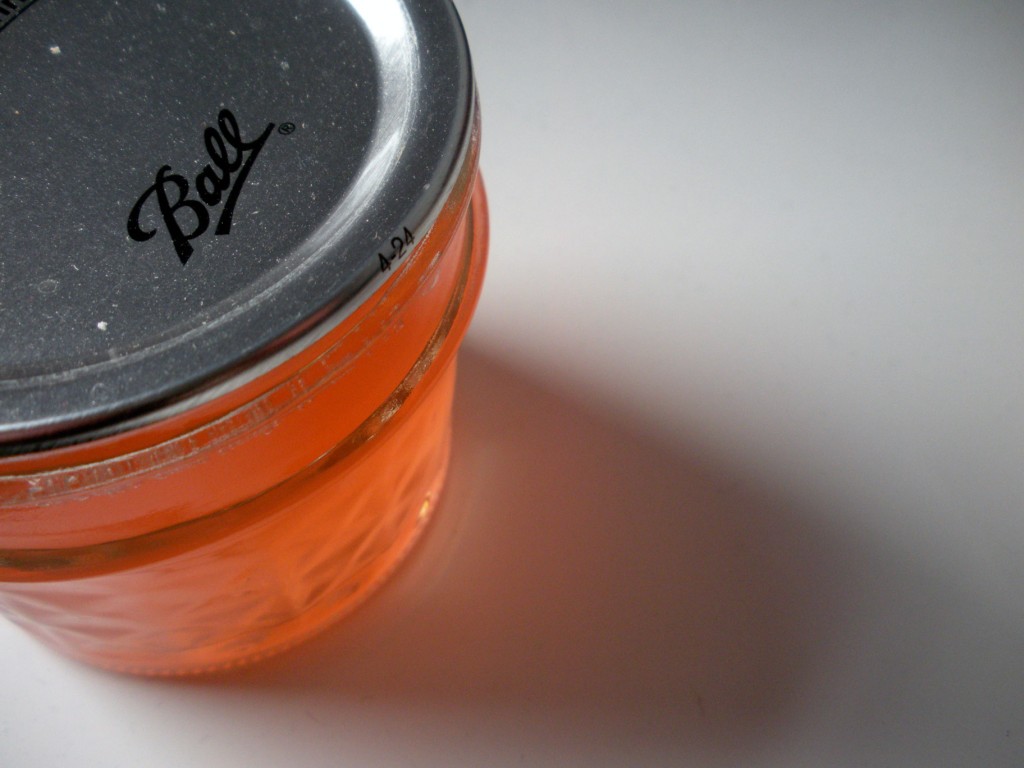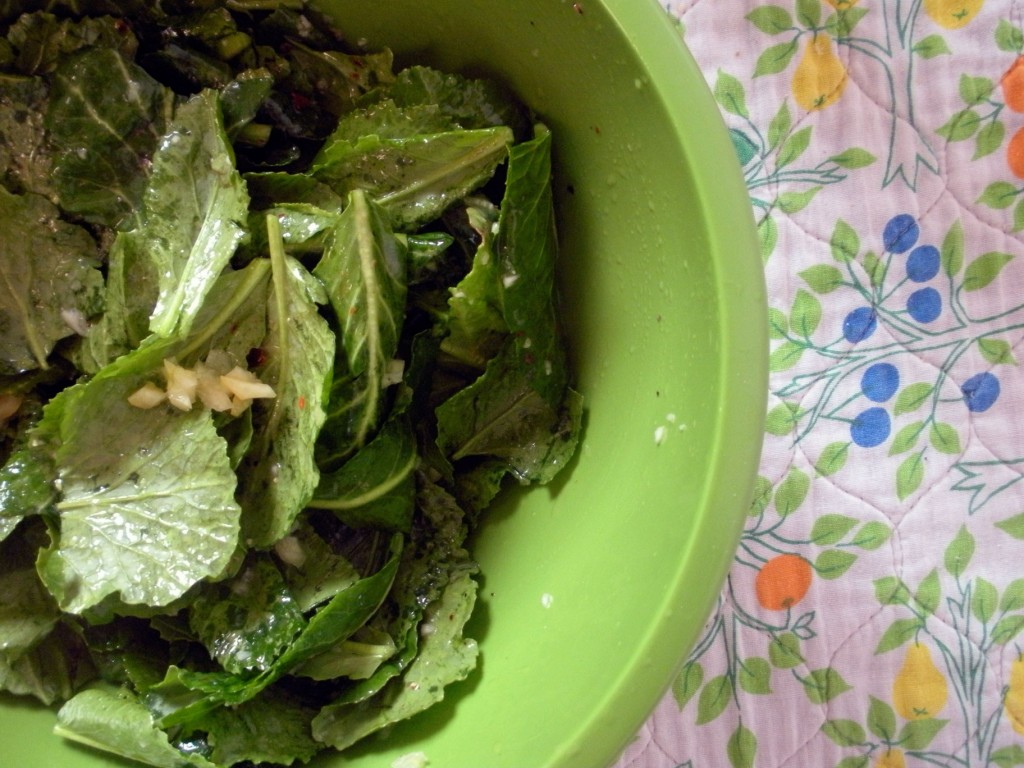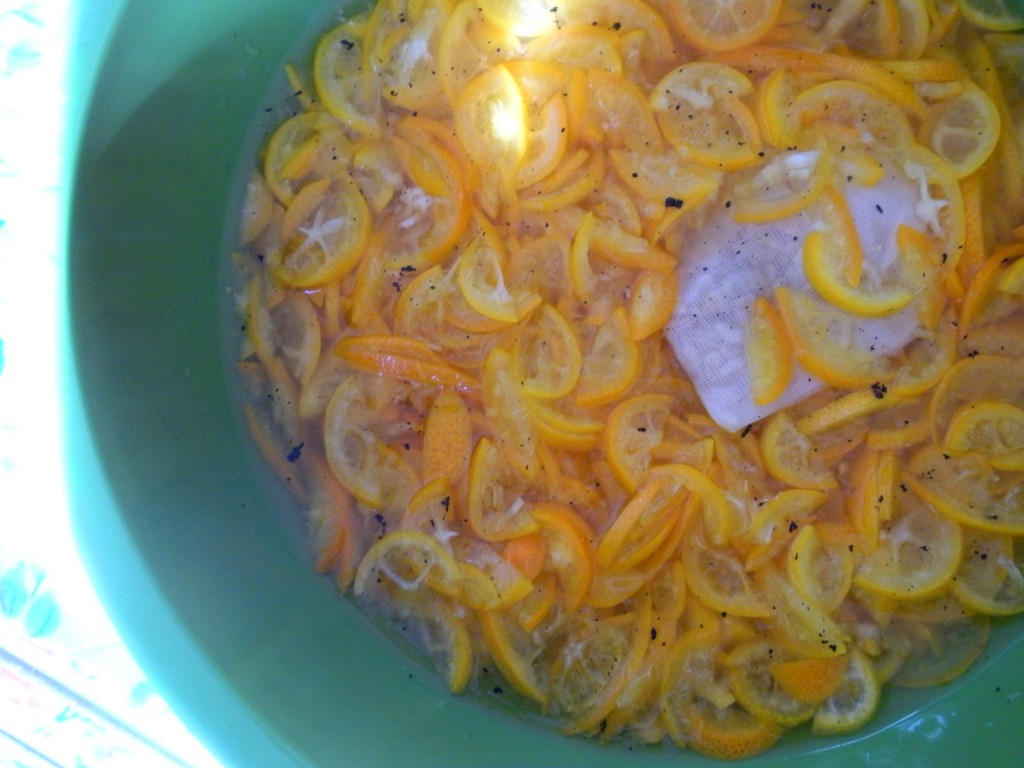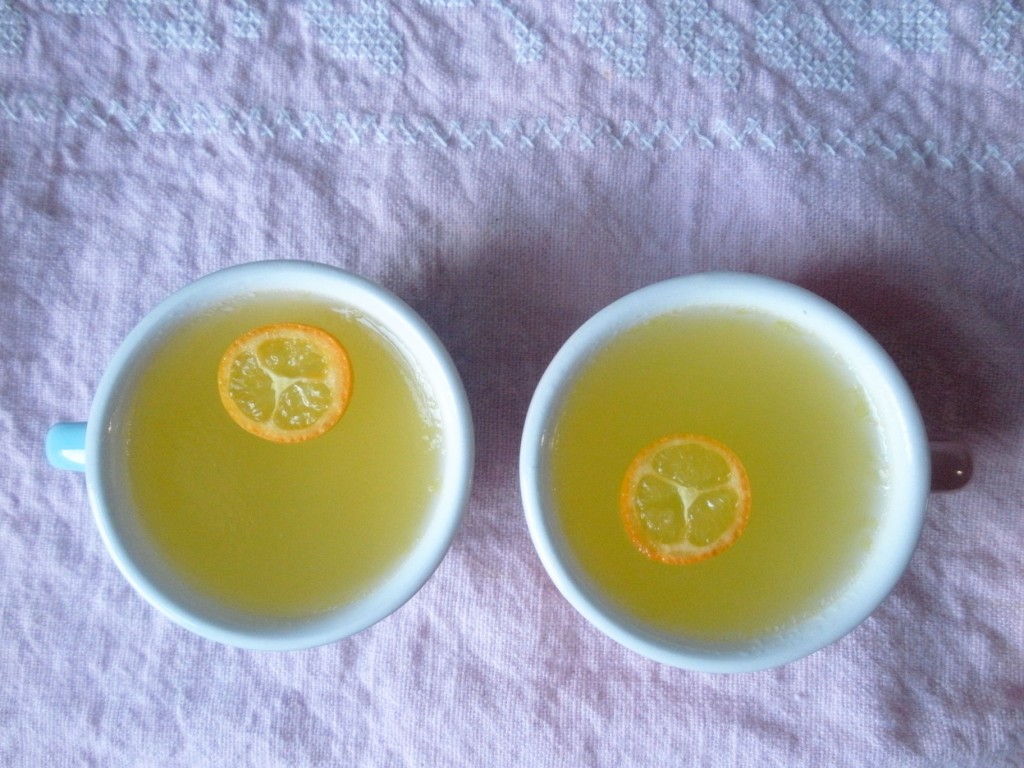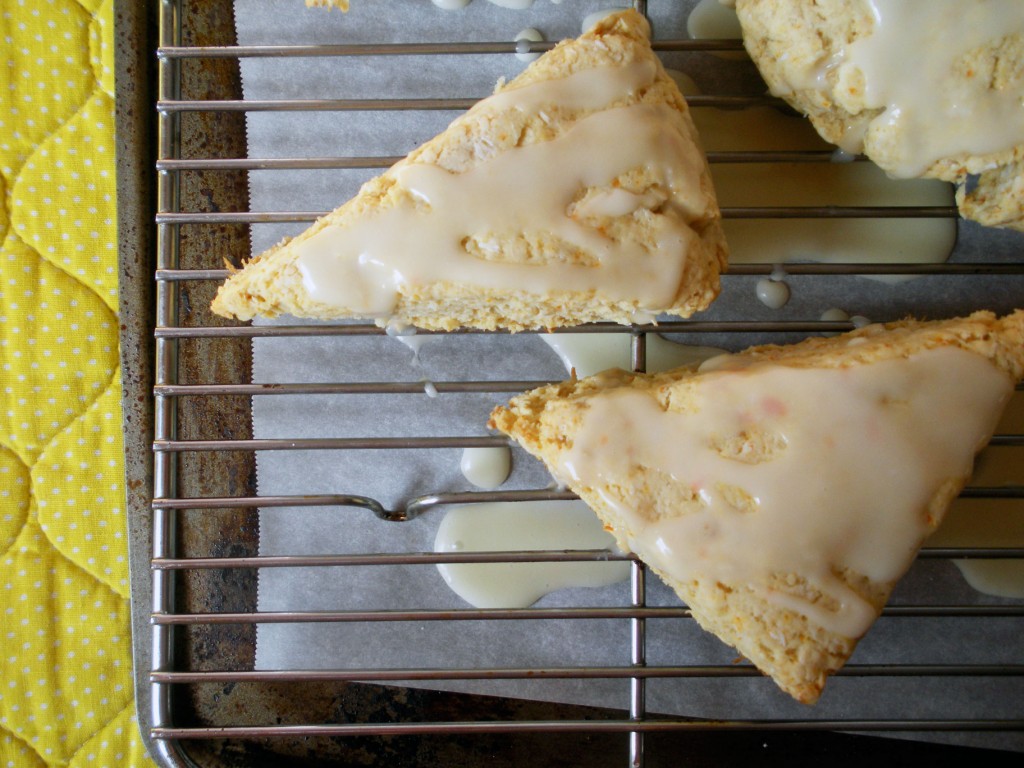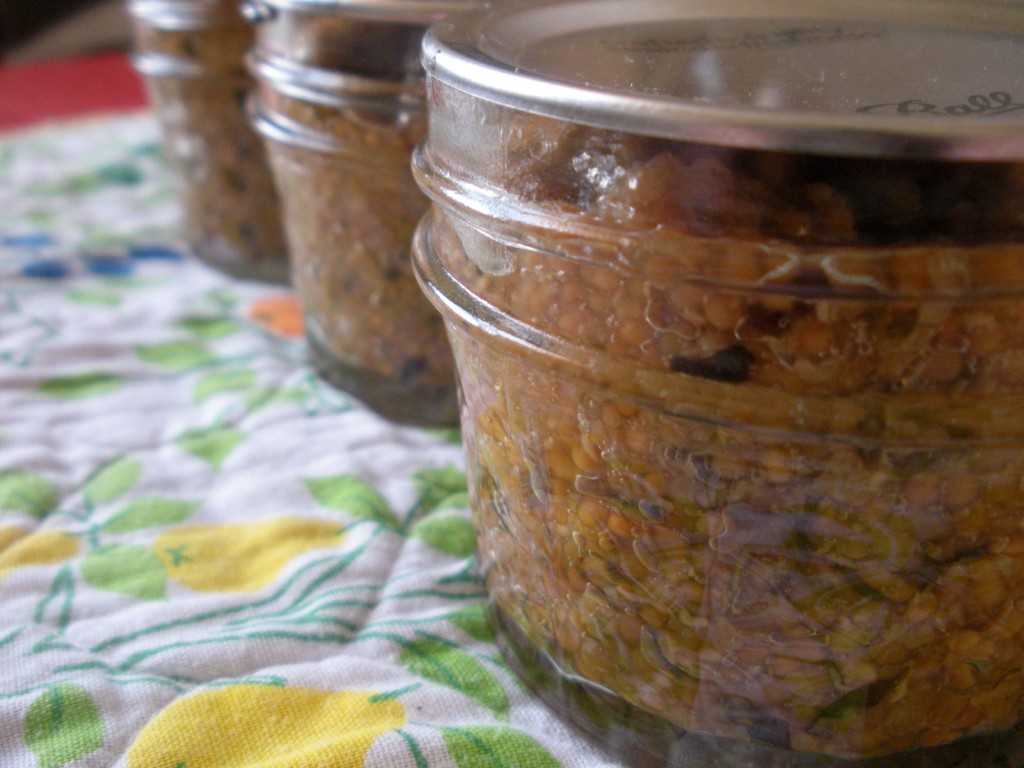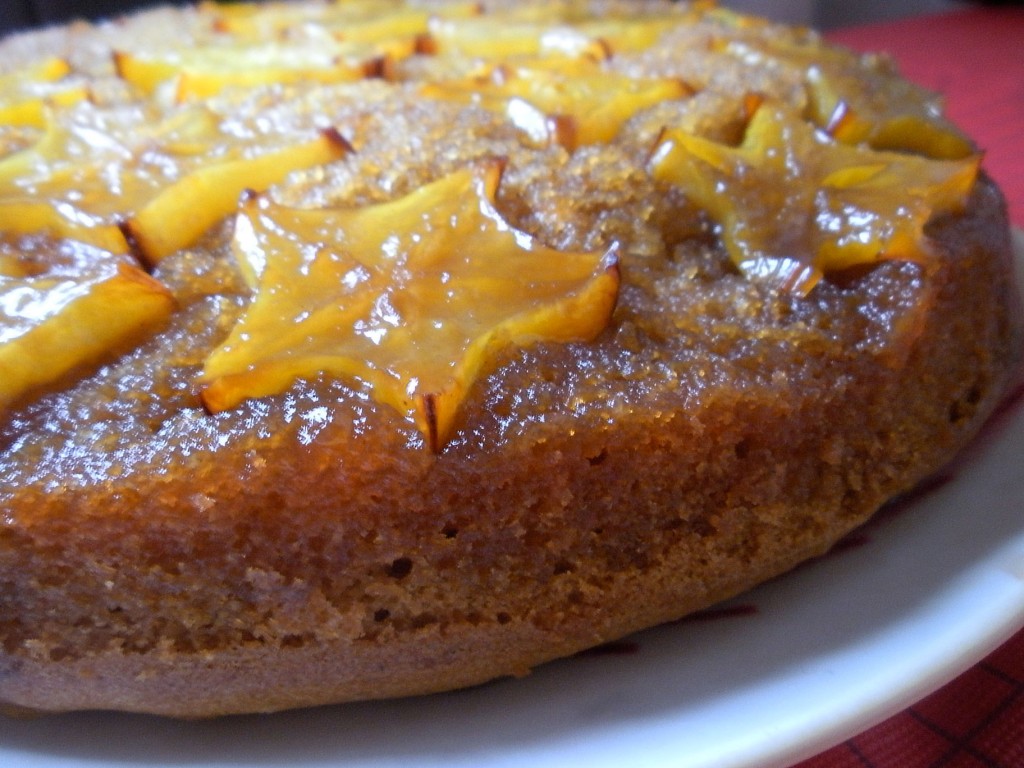 This is darn good bread. After I stood over the bread maker cursing that it “better f***ing turn out,” I’m sure it was afraid to be anything but amazing. Like most great things, a couple of major disasters went into this loaf.
This is darn good bread. After I stood over the bread maker cursing that it “better f***ing turn out,” I’m sure it was afraid to be anything but amazing. Like most great things, a couple of major disasters went into this loaf.
The first time I made this, after carefully weighing out the different flours and combining them with the wet ingredients in the bread maker, I opened the lid to find something that resembled a smashed sandcastle. After the panicked addition of over a cup (!) more water, I gave up and let the bread maker do its thing, sure that I would have a disaster on my hands. To my surprise, it was good. Really good.
I made the loaf that you see above (my second try) after a less than stellar week, which included a surprise root canal (whee!). I didn’t realize how exhausted, out of it, and just done I was until I poured the liquid ingredients of the bread directly into the bread machine, rather than into the pan. After I determined that I had not, in fact, ruined my bread maker, I somehow managed to bake this great loaf of bread.
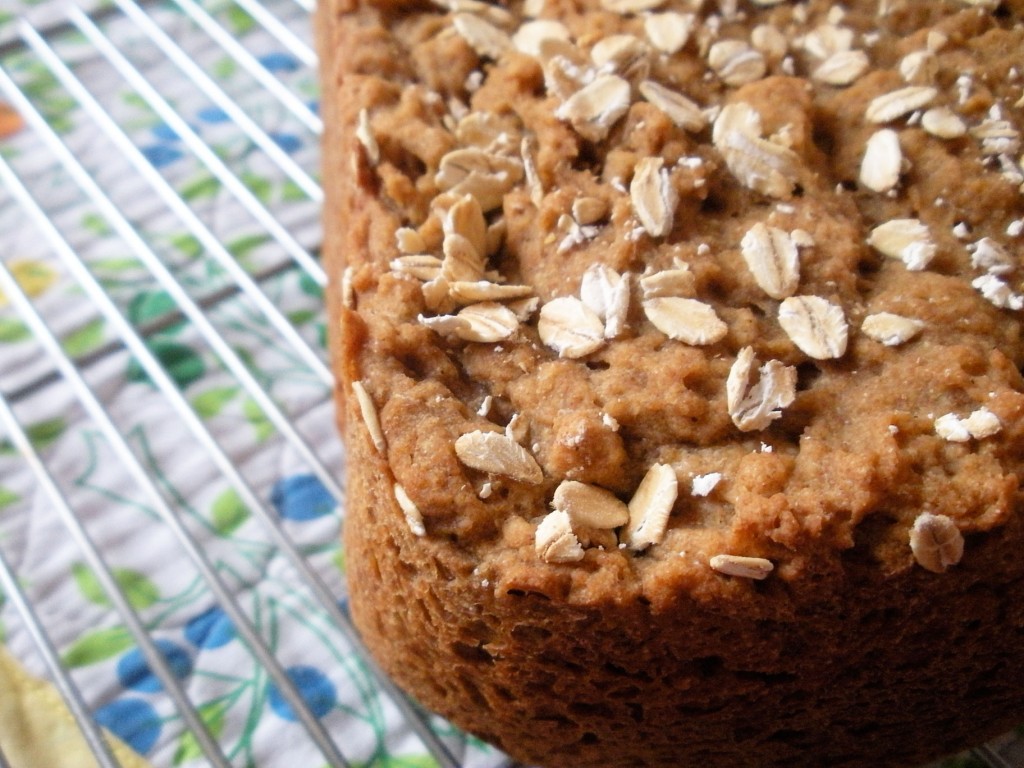 I’m particularly proud of this bread because of what’s in it. It’s not always as easy for gluten-free folks to get as many whole grains in their diets. Many commercially produced gluten-free products rely heavily on rice flours and starches because they approximate the texture of gluten-y products much more readily. Baking gluten-free with whole grains requires a little more finesse and, in my case, cursing your kitchen appliances.
I’m particularly proud of this bread because of what’s in it. It’s not always as easy for gluten-free folks to get as many whole grains in their diets. Many commercially produced gluten-free products rely heavily on rice flours and starches because they approximate the texture of gluten-y products much more readily. Baking gluten-free with whole grains requires a little more finesse and, in my case, cursing your kitchen appliances.
Even with how proud I was of this bread, I was reluctant to post the recipe. A kitchen scale is essential to making this bread; you’ll see below that the flours are measured in grams instead of cups. Although I’ve been baking (and canning!) with a kitchen scale for quite some time and could tell you how wonderful and necessary it is until I’m blue in the face, I know it just isn’t on some folks’ to-buy lists (or in some folks’ budgets; it certainly wasn’t in mine for a while).
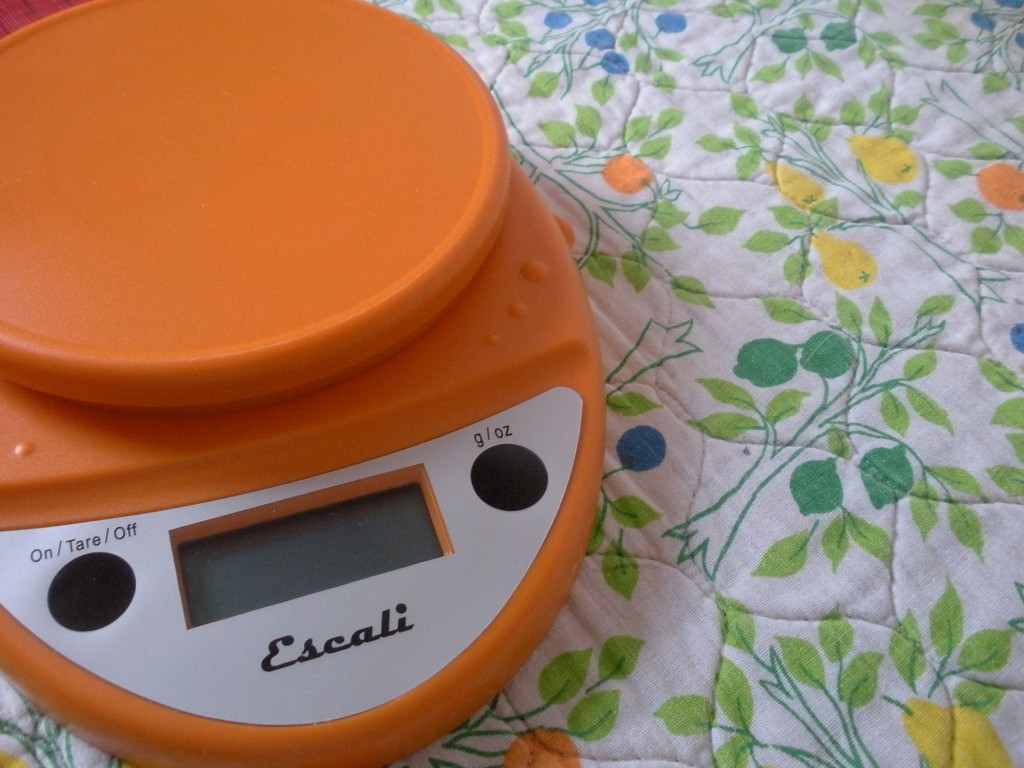 So, I’m giving away one Escali Primo Digital Kitchen Scale. This one’s mine. I picked orange, but there are lots of colors. You can pick the one you like. As much as these simplify gluten-free baking, they’re essential for home canning and preserving. For a chance to win, leave a comment on this post, telling me a kitchen disaster story with a happy ending (or what color scale you’d like, if you don’t have a story). After Friday, 3/18 at 5 pm ET, I’ll randomly choose a winner from the comments. Be sure to leave an email (they’re not displayed), so I can contact you if you win. I can only ship to a US address (sorry!).
So, I’m giving away one Escali Primo Digital Kitchen Scale. This one’s mine. I picked orange, but there are lots of colors. You can pick the one you like. As much as these simplify gluten-free baking, they’re essential for home canning and preserving. For a chance to win, leave a comment on this post, telling me a kitchen disaster story with a happy ending (or what color scale you’d like, if you don’t have a story). After Friday, 3/18 at 5 pm ET, I’ll randomly choose a winner from the comments. Be sure to leave an email (they’re not displayed), so I can contact you if you win. I can only ship to a US address (sorry!).
For another chance to win, you can like me on Facebook and leave an additional comment on this post letting me know that you’ve done so. If you already like me, just leave a comment here telling me so!
Gluten-free Whole Grain Oatmeal Bread for the Bread Maker
UPDATE: Please read the updated version of this recipe here.Â
100 g millet flour
75 g teff flour
75 g gluten-free oat flour
100 g sorghum flour
50 g arrowroot starch
25 g potato starch
1 T xanthan gum
1 1/2 t salt
1/2 cup + 2 T gluten-free rolled oats
2 cups water, brought just to the point of boiling
3 T canola oil
2 T agave or honey
1 T apple cider vinegar
1 T molasses
2 eggs, at room temperature
1 packet active dry yeast
1. Put 1/2 cup oats in a large bowl. Reserve the 2 T for sprinkling on top. Pour the 2 cups boiling water over the oats. Add the oil, agave or honey, cider vinegar, and molasses. Set aside to cool while you measure and combine the flours.
2. Measure the flours. I made nice round numbers so you can use one big bowl and measure them one on top of the other on the scale.
3. Combine the flours with the xanthan gum and salt in a large bowl. Stir to thoroughly combine.
4. Just to be safe, temper the eggs and add them to the liquid ingredients. Or live dangerously and don’t temper. (You should be fine, but I don’t want anyone making scrambled egg bread on my watch).
5. Pour the liquid ingredients into the bread maker pan.
6. Without stirring, gently pour the dry ingredients into the pan, on top of the wet. Make a small well in the center of the dry ingredients and dump in a packet of active dry yeast.
7. Process in a bread maker on the basic or gluten-free setting (if you have it). If you can select loaf size and darkness, use 2.5 lb and medium. Use a spatula to scrape down the sides near the end of the first knead cycle. Just before it begins to bake, sprinkle the loaf with the remaining 2 T of oats.
8. Allow to cool completely and enjoy!
